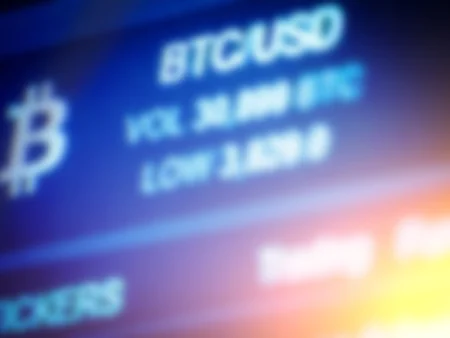There was a time when moving tokens from one blockchain to another felt like crossing a rickety rope bridge in the dark: slow, risky, and prone to collapse. Billions have been lost to bridge hacks over the past few years, turning them into the most notorious weak link in crypto’s infrastructure. And yet, bridges are unavoidable. Users want to move assets freely between ecosystems—Ethereum to Solana, Polygon to Arbitrum, and Bitcoin to anywhere that’s not Bitcoin.
Now, in 2025, the industry is in a different place. The conversation has shifted from “Are bridges safe?” to “Which bridge can I trust to get me there quickly, cheaply, and securely?”
Why Bridges Still Matter
The rise of rollups, modular blockchains, and app-specific chains hasn’t killed the need for bridges—it’s made them more critical. Users don’t live in one ecosystem anymore. Liquidity is scattered across L2s, NFT markets are popping up on Solana, and gaming economies thrive on Avalanche and Immutable. If money can’t move freely across these silos, the entire Web3 economy slows to a crawl.
But speed without security is worthless. After the Ronin Bridge hack in 2022, where $600 million vanished overnight, security audits and decentralized validation have become baseline expectations. A bridge isn’t judged by marketing promises—it’s judged by how battle-tested it is under fire.
The Bridges Defining 2025
A few names consistently rise to the top when users and developers talk about reliability.
LayerZero has become the lingua franca of interoperability. Instead of operating like a single choke point, it functions as a messaging layer between chains, letting protocols build their secure transfer mechanisms on top. Its “omnichain” branding isn’t just hype—DeFi heavyweights are building with it.
Wormhole has staged a comeback. After suffering a major exploit in 2022, the project doubled down on validator decentralization and real-time monitoring. By 2025, Wormhole is integrated into dozens of major dApps, powering NFT transfers and cross-chain swaps with near-instant finality.
Axelar has carved a niche by focusing on developer-first tooling. Instead of just bridging tokens, it offers secure general message passing—letting apps coordinate across chains in ways that feel invisible to the end user. In practice, that means faster swaps and smoother experiences in multichain wallets.
Synapse remains the workhorse for retail traders. Known for its low fees and simple UX, Synapse has quietly expanded beyond Ethereum and Layer 2s into major gaming ecosystems. For users who just want to move USDC without touching a technical manual, Synapse delivers.
Polygon’s AggLayer—a more recent entrant—illustrates how even scaling networks are now building their interoperability layers. With Polygon linking its ecosystem of zk-rollups under one shared bridge, the experience of moving assets across its universe feels less like “bridging” and more like teleporting.
The Stakes in Speed and Security
What separates the winners isn’t just uptime; it’s how they balance three factors:
- Latency: No one wants to wait twenty minutes for a transfer in 2025.
- Fees: With gas markets fluctuating, bridges that can batch or compress transactions hold the advantage.
- Security guarantees: Multisigs are out of fashion; decentralized validator sets and cryptographic proofs are in.
The arms race isn’t only technical. Reputation matters. After years of rug pulls and exploits, users remember who delivered when markets were at their craziest. The best bridges in 2025 don’t just move money—they reassure people that it will arrive intact.
The Bigger Picture
Cross-chain bridges are more than plumbing. They’re the veins of Web3’s circulatory system. If assets can flow safely, liquidity deepens, developers experiment more boldly, and the promise of a truly interconnected crypto economy comes closer to reality.
In 2025, that promise feels less like a dream and more like an infrastructure shift in motion. Bridges aren’t perfect. They’re still targets, still contested terrain between competing standards. But for the first time in years, they’re less about risk and more about possibility.
The rope bridge in the dark? It’s looking more like a bullet train.










